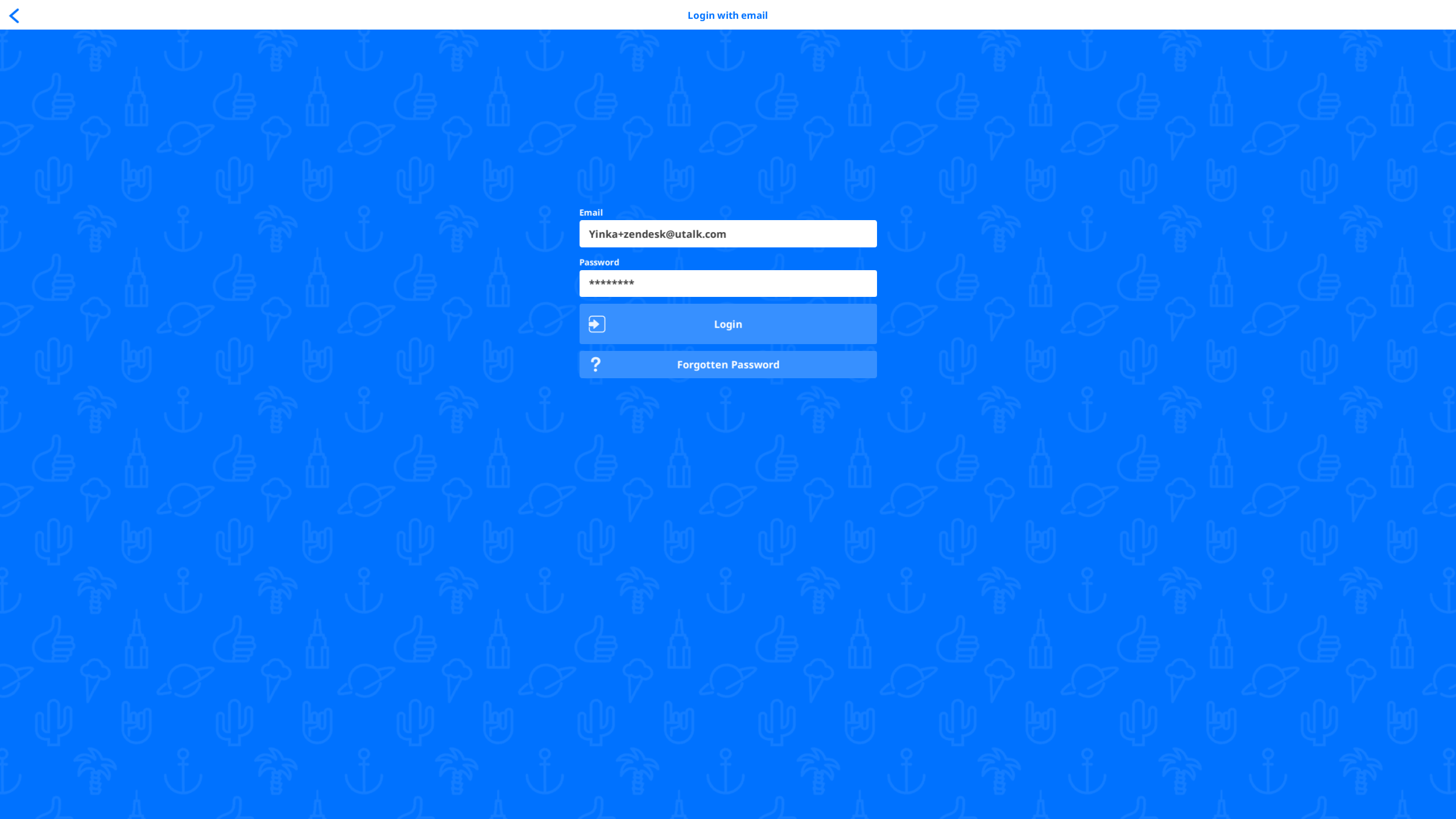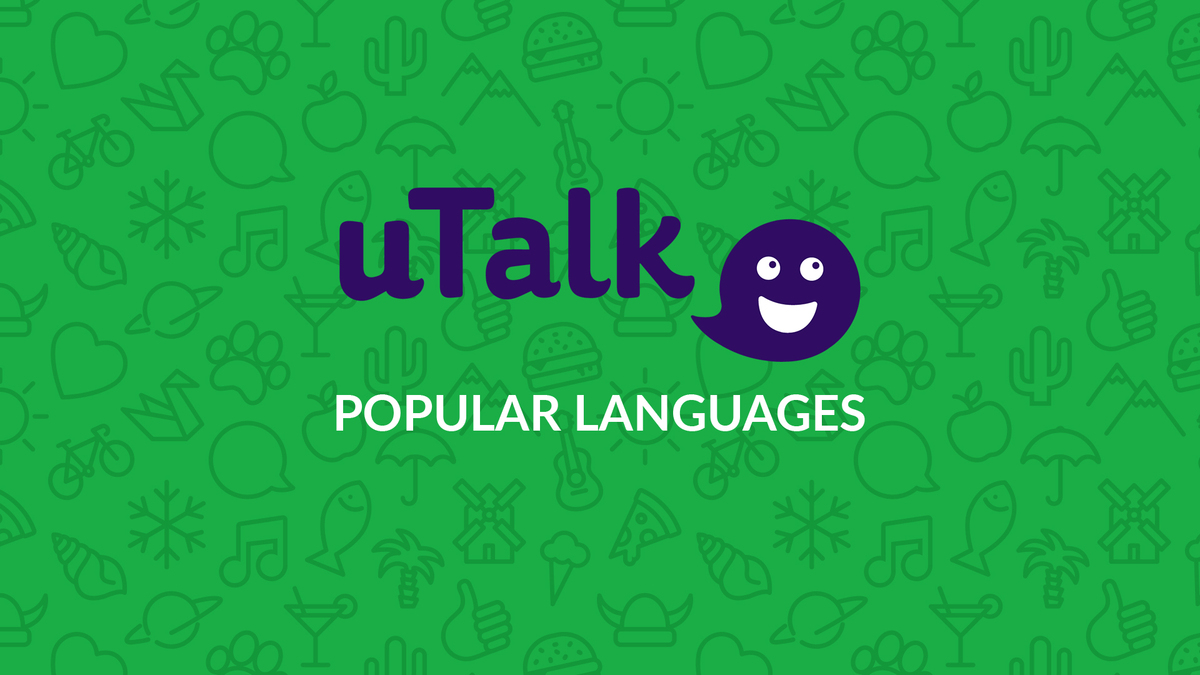
IME must be compatible with the system tray Some tools for generating TTS IMEs produce IMEs that are marked as malware by Windows.
#Utalk requirements windows#
Windows apps do not support Table Text Service (TTS) IMEs. Call the ITfThreadMgrEx::GetActiveFlags method in your IME and check the TF_TMF_IMMERSIVEMODE flag, so your IME triggers different application logic depending on the result. If your IME needs to provide different functionality or UI between Windows apps and desktop apps, ensure that the DLL that’s loaded by TSF checks which type of app it's being loaded into. This behavior is the same as previous versions of Windows, but being loaded into a Windows app affects the potential capabilities of an IME. TSF communicates input events to the IME and receives input characters back from the IME after the user has selected a character. TSF is the intermediary between the app and your IME. This behavior ensures that IMEs can't violate security contracts. For example, an IME can't access the Internet if an app hasn't requested Internet access in its manifest. When an IME is loaded, it's subject to the same app container restrictions as the app. When an app starts, TSF loads the IME DLL for the IME that's currently selected by the user.


Now the system blocks IMEs that are implemented by using Input Method Manager (IMM32). Previously, you had the option of using the Input Method Manager (IMM32) for input services. Use the Text Services Framework (TSF) to implement IMEs. The following are the basic compatibility requirements for a custom IME. We do not recommend writing directly to the registry to set the default keyboard for your custom IME.


 0 kommentar(er)
0 kommentar(er)
